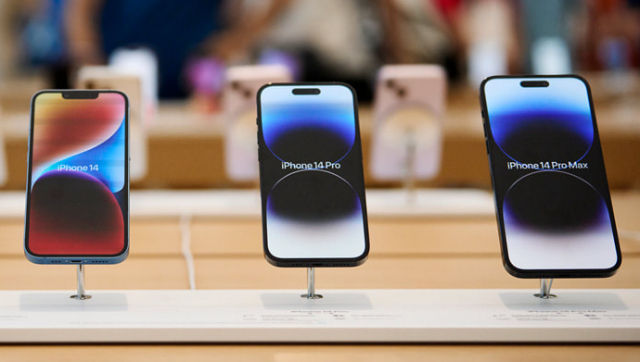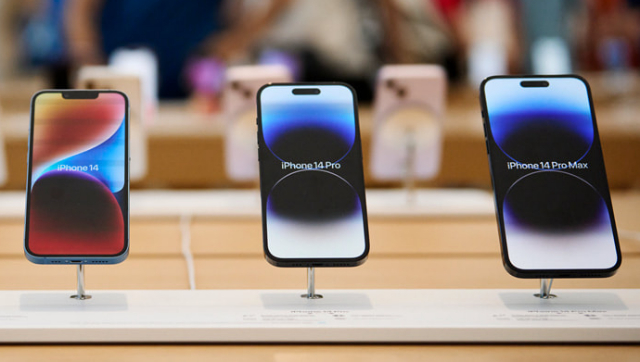I doubt that anyone has lugged their personal desktop computer into the office and demanded that it be connected to the network. Equally I doubt anyone has brought in a pile of CD’s asking to load their own enterprise software on the network to run their part of the business in their own way, giving new meaning to myERP.
The point is that Consumerisation goes hand in hand with mobility. These are not two separate trends, but rather they are inextricably linked.
Each of us, or someone we know has brought their mobile device (Laptop, smartphone, Tablet) into their organisation and hooked it into your network and started to run your own apps. When asked why they need this, they answer because it better reflects what I need, the way I work and most importantly the way I want to work!
IT professionals can easily think of consumerisation and mobility as different things.
Mobility is often seen as a technology that I have to support in terms devices, information, communications contracts, incorporating iPads into the environment etc. Mobility in this context is an extension of earlier ‘mobile workforce’ initiatives where offered a change in the tools used for work but not a change in the kind of work.
Consumerisation of IT is a disruptive force at many levels. Operationally consumerisation can involve support issues as people bring stuff from the outside that I need to support. Project wise, consumerisations disrupts project cycle times as consumer oriented business users want new systems at the pace of the market rather than the capacity of internal IT. Security and integrity face compromise as people use data in applications (app’s) that I do not control.
Mobility rests on a deep public substructure and infrastructure that enables IT to reduce the amount of technology organisations have to build and provision. Lower the implementation barrier and the number of solutions floods in, solutions aimed not at competing with core enterprise applications, but ones that increase customer and workforce convenience all delivered not across corporate systems but across mobile devices.
CIOs and IT professionals, who see mobility and consmerisation as competition for IT, view the world as a zero sum game. Consumerisation or mobility wins only when IT loses. Loses control, loses security, loses primacy in the organisation.
It is almost physically and financially impossible for a single IT organisation to compete with the world of mobile apps, CIOs and IT leaders defending their space fall back on an old reactionary set of defenses: Risk, Cost, Integration, Security, Control.
While its possible to keep these two things apart, I believe recognising that those looking for consumerisation are also looking for mobility. There is little difference between the two and creating effective solutions to both comes from re-imagining IT’s role in ways that see consumerisation as a complementary rather than competing technology.
The author is a Group Vice President and Head of Research in Gartner Executive Programs.
For more blogs by Mark McDonald, log on to http://blogs.gartner.com/


)




)
)
)
)
)
)
)
)